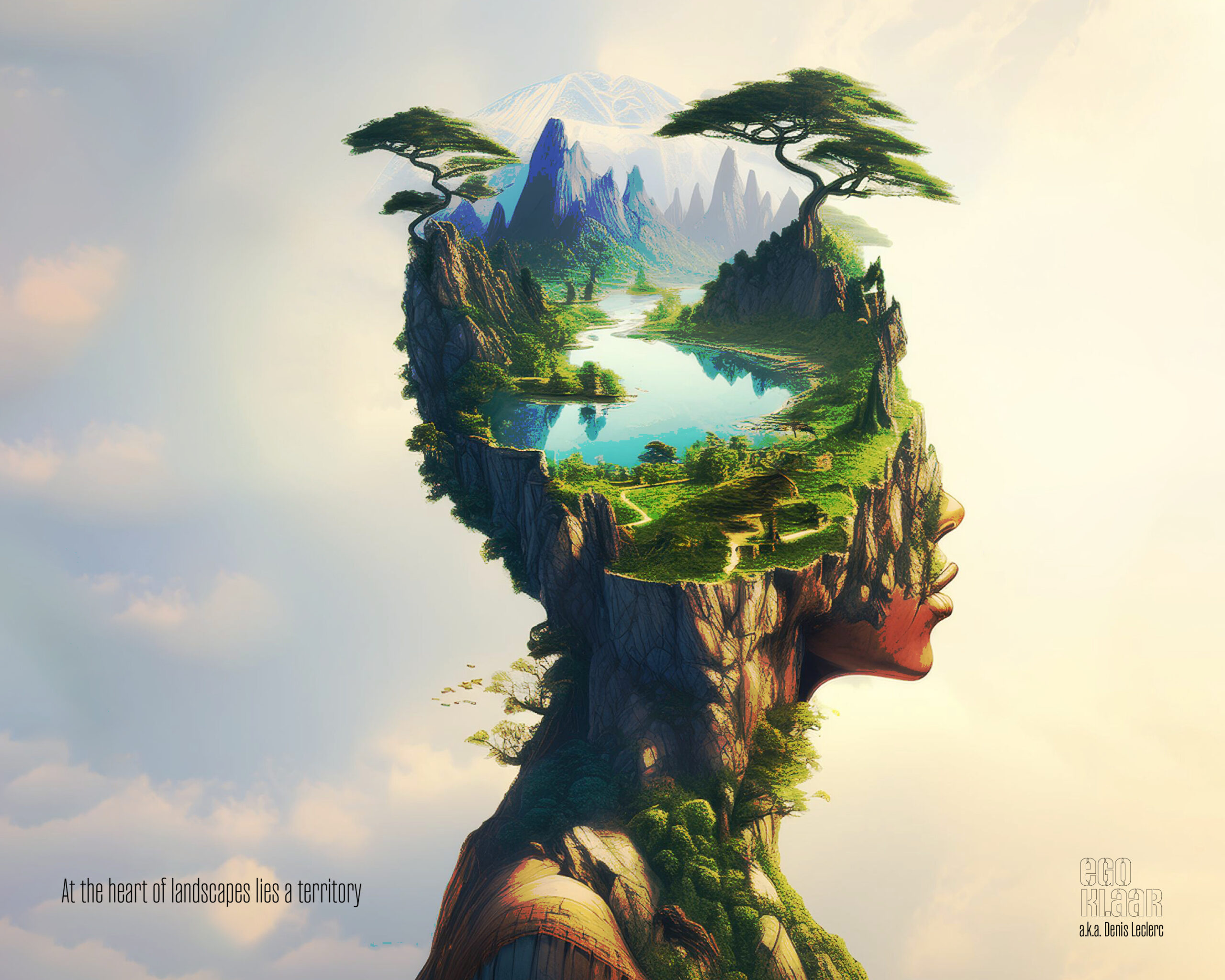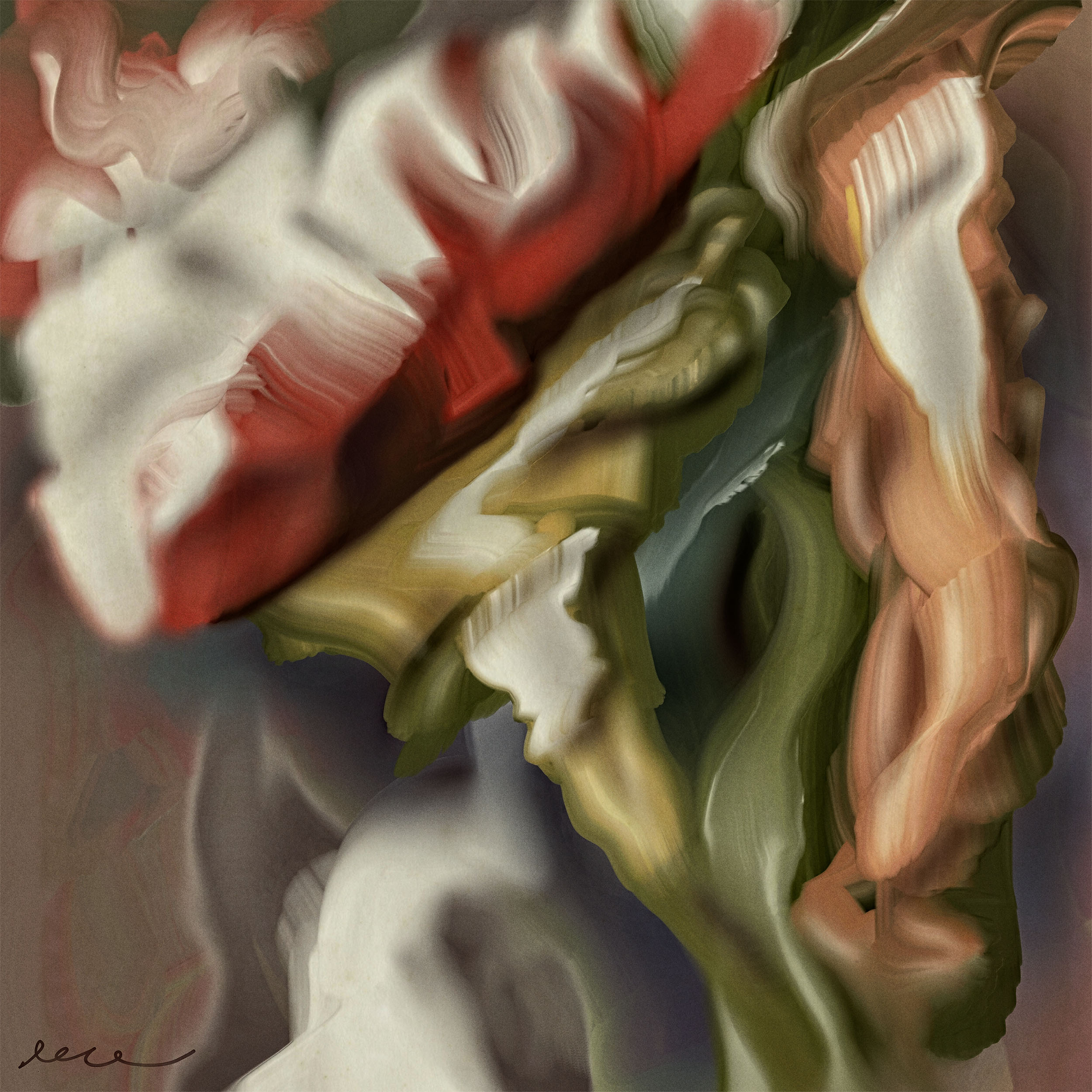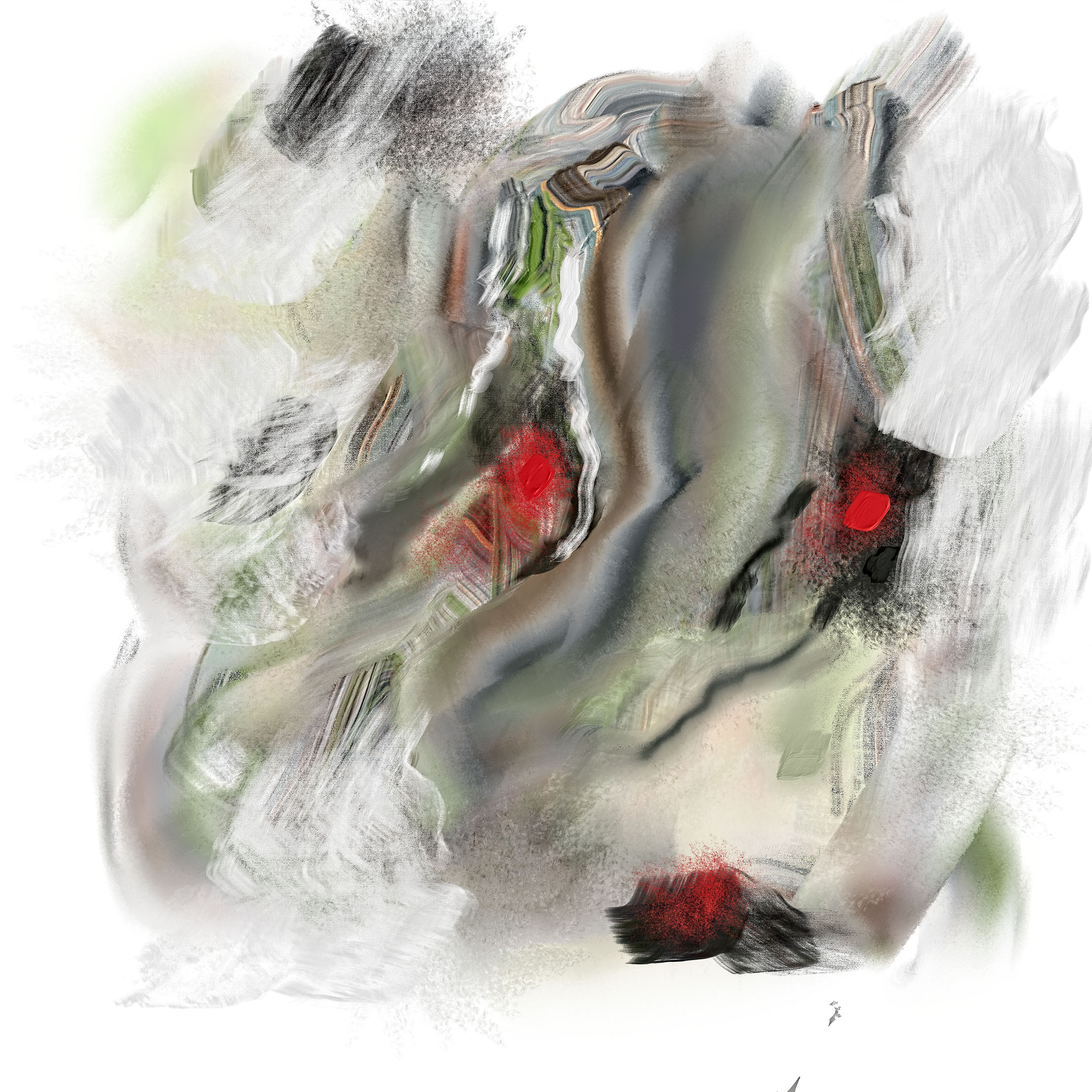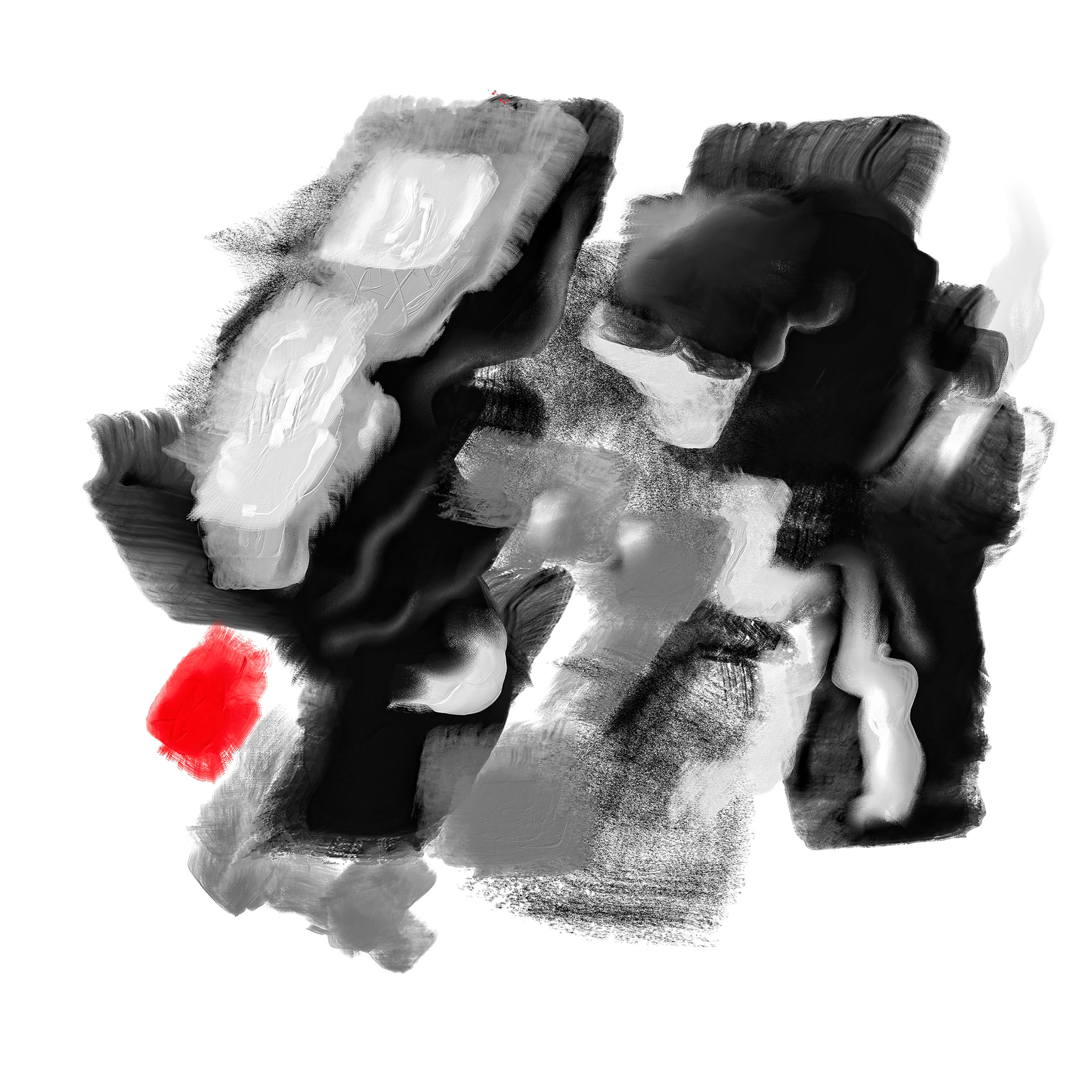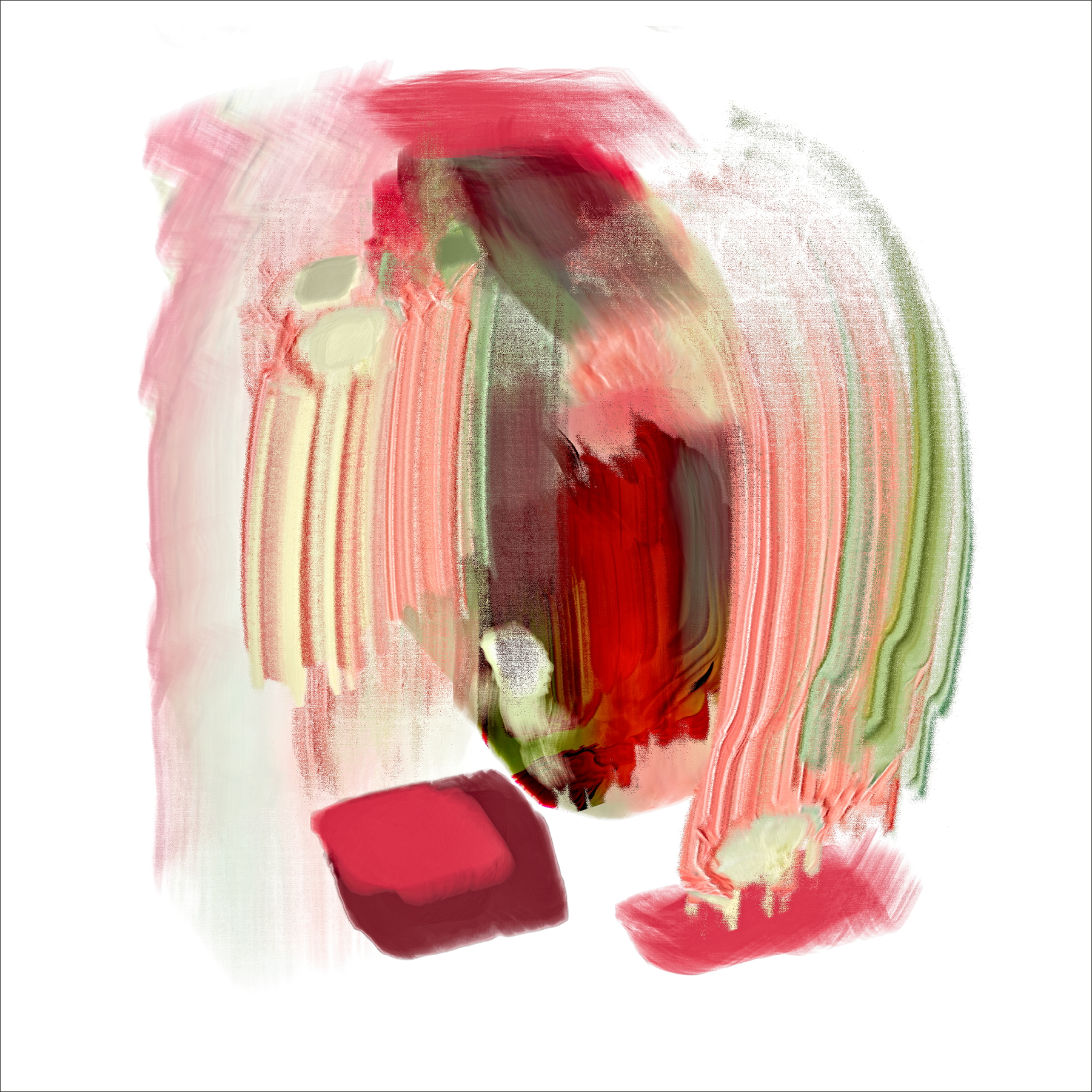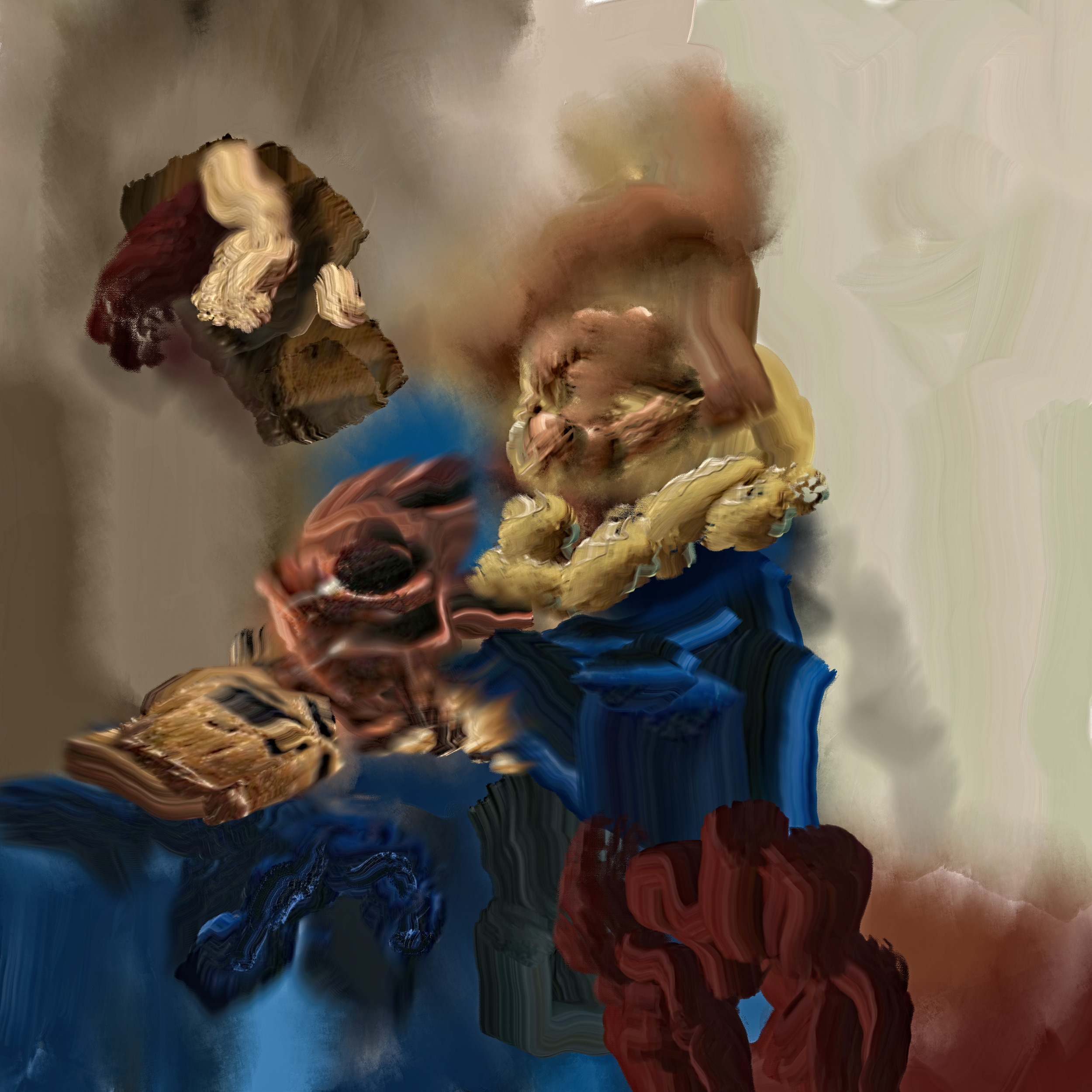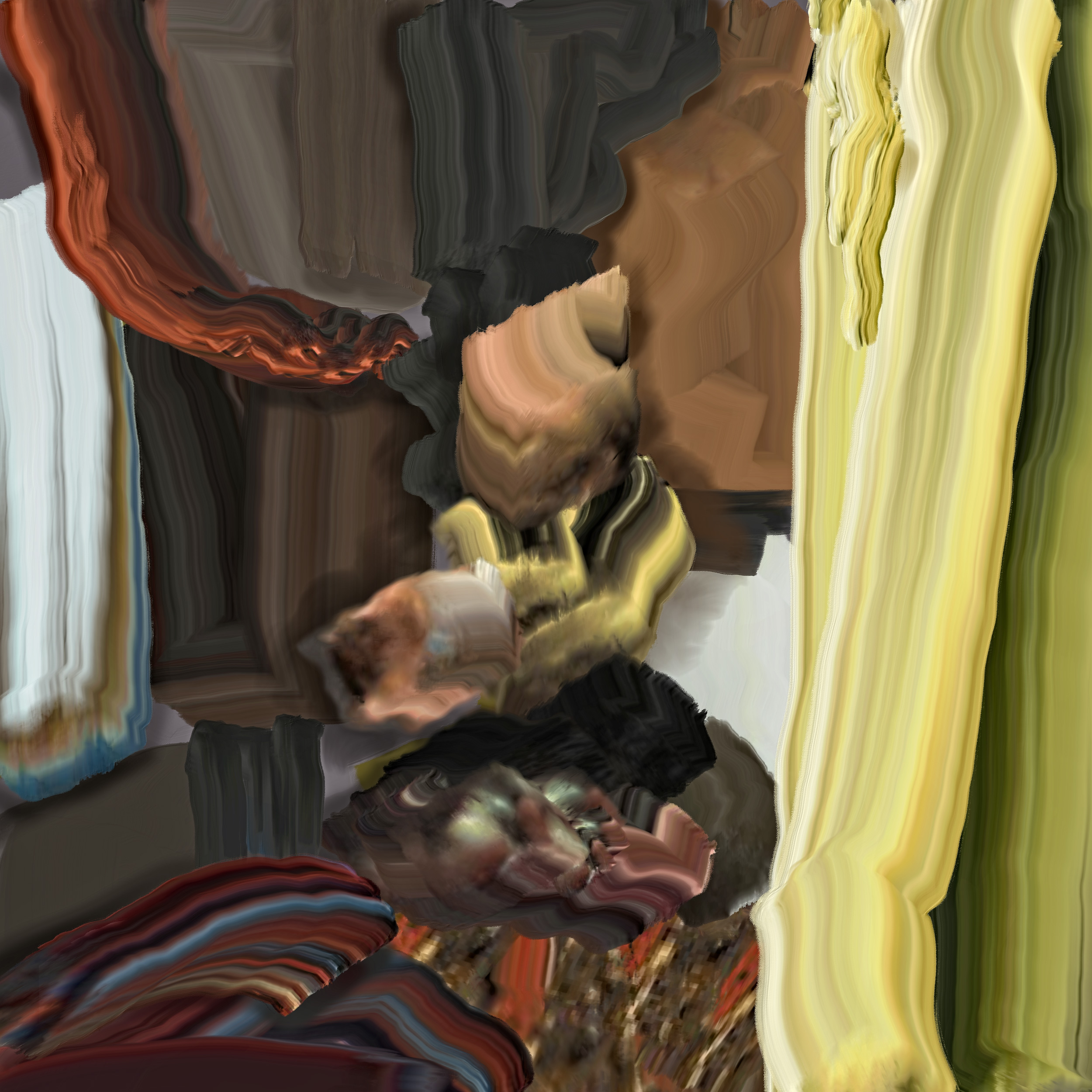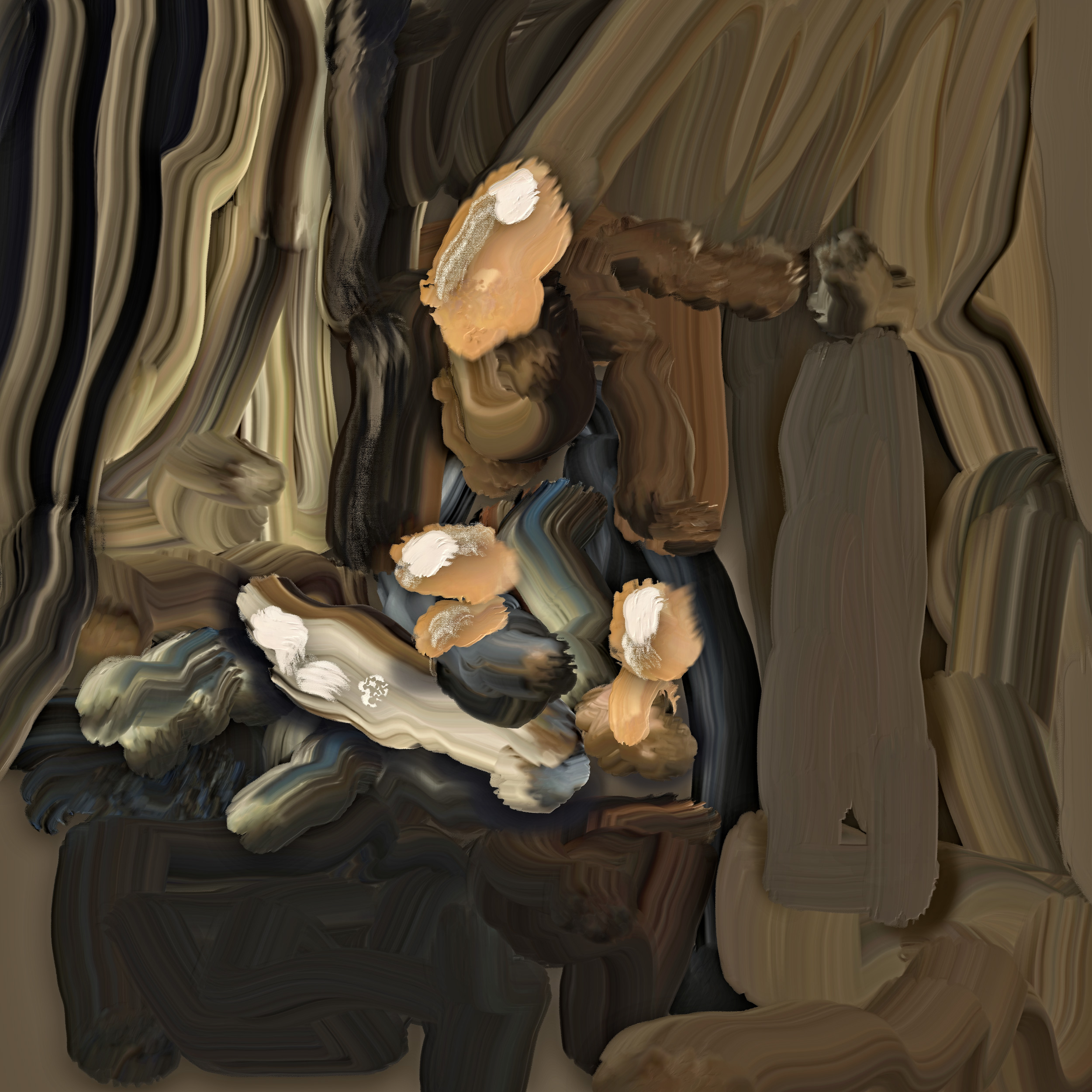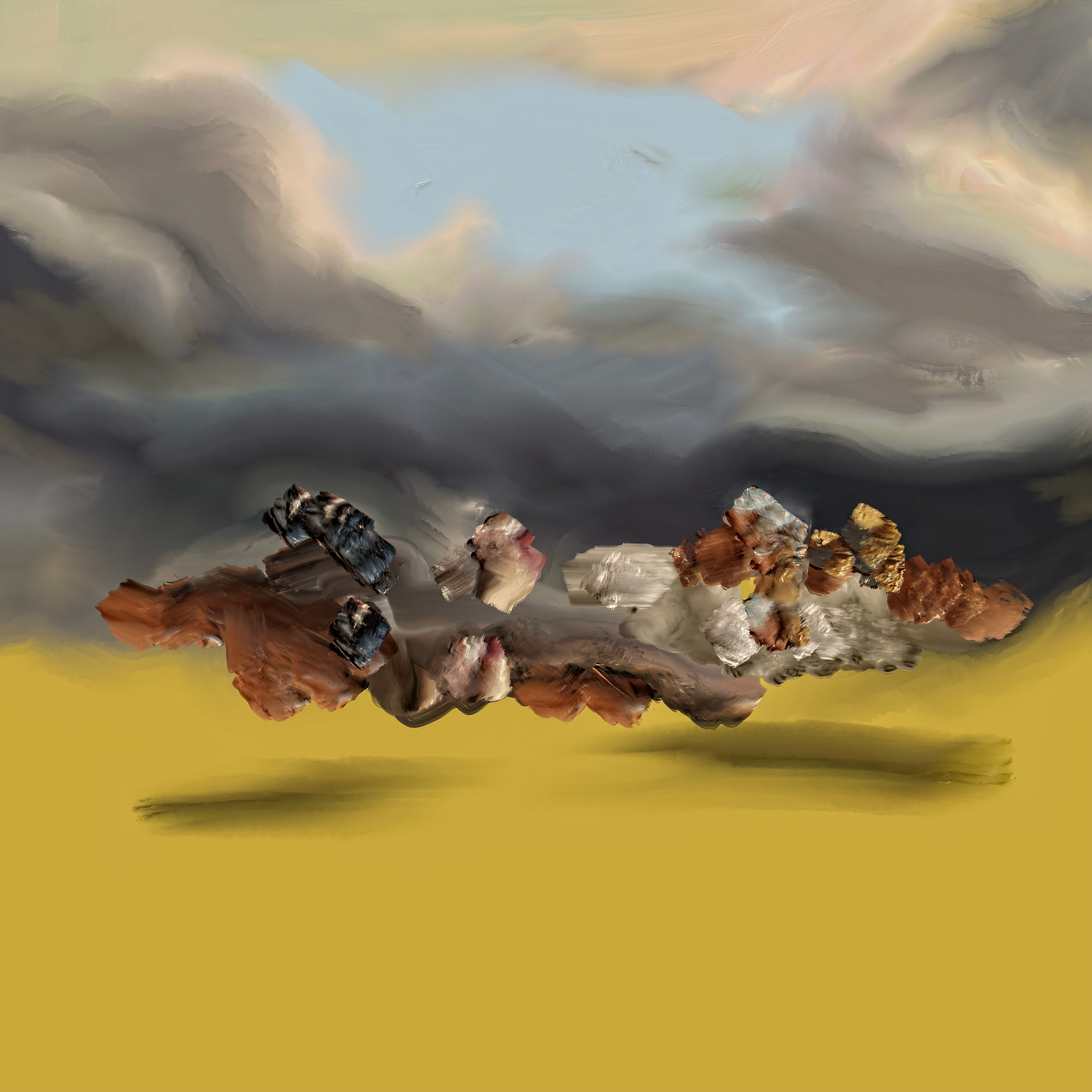International Digital Miniprint Exhibition 19
Egoklaar, also known as the visual artist Denis Leclerc, embodies the new wave of visual artists exploring the boundaries between art and technology, incorporating cross-pollination in the creative process, i.e., the crossbreeding of different techniques and mediums.
At the heart of landscapes lies a territory
The geographical map is not limited to representing a physical space; it also constitutes a mental construct. Our perception of the environment is entirely personal, based on a unique mental reconstruction for each individual.
